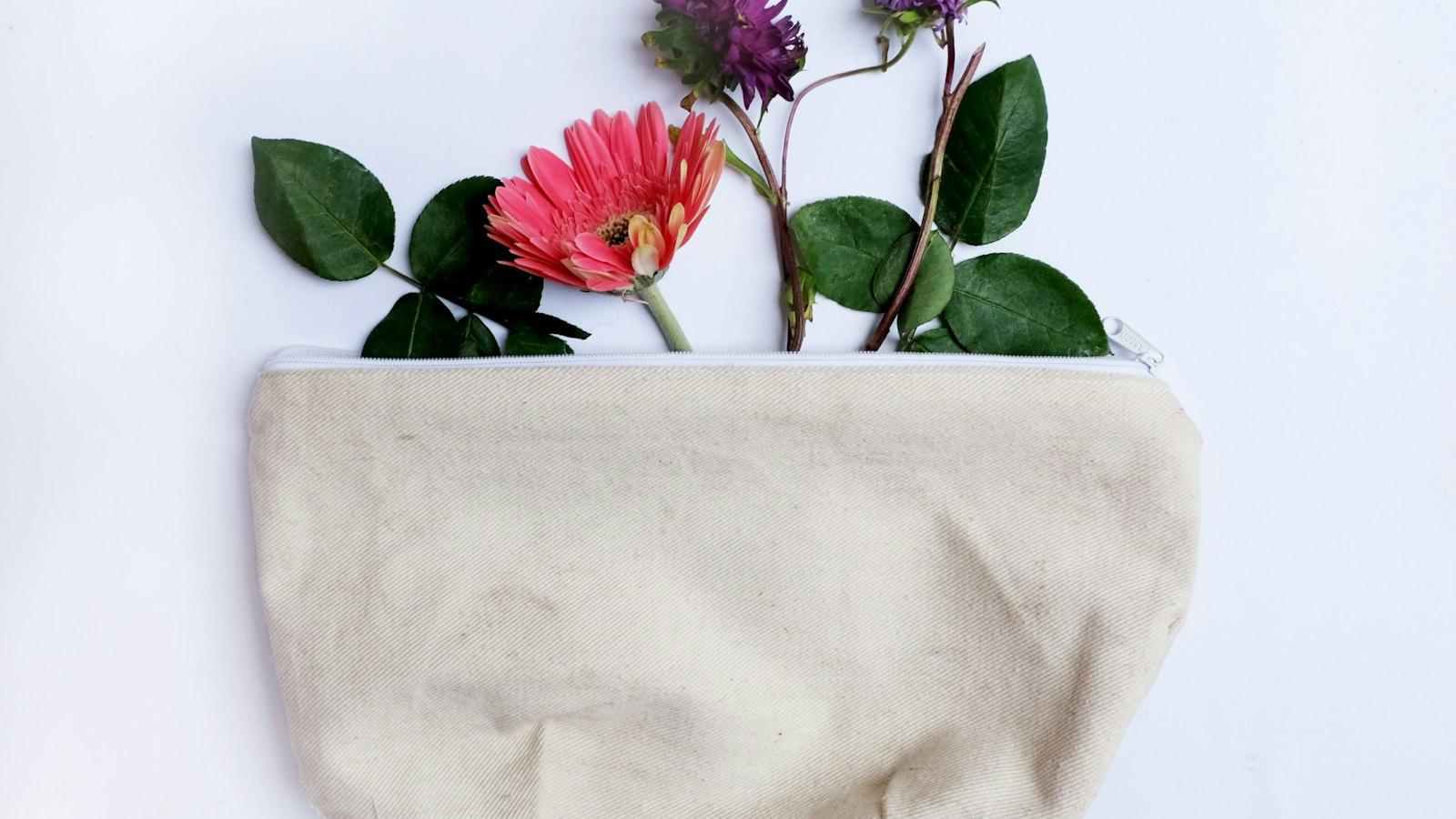
Grout bags are a practical tool for masonry projects, allowing you to achieve precision and control when applying grout. Whether you’re a seasoned DIY enthusiast or a professional tradesperson, understanding how to use a grout bag effectively can significantly elevate the quality of your work. In this article, we will guide you through the step-by-step process of using a grout bag, highlighting essential techniques and providing useful tips to ensure seamless application. By the end, you’ll be equipped with the knowledge to confidently tackle any grouting task with finesse, resulting in beautifully finished surfaces.
Benefits of Using a Grout Bag for Tile Installation
Grout bags are a handy tool that can greatly simplify the process of tile installation. Whether you’re a professional contractor or a DIY enthusiast, using a grout bag can make the task quicker, neater, and more efficient. In this article, we will explore the and provide step-by-step instructions on how to use one effectively.
Precise and Controlled Application:
One of the main advantages of using a grout bag is that it allows for precise and controlled application of grout. With a grout bag, you have complete control over the amount of grout being dispensed, ensuring a consistent and even distribution between tiles. This not only results in a more professional-looking finish but also helps to minimize waste.Reduce Mess and Cleanup:
Using a grout bag significantly reduces mess and cleanup compared to traditional grouting tools. When using a grout bag, the grout is contained within the bag, preventing it from splattering onto the surrounding tiles or surfaces. This not only saves time but also reduces the need for tedious and time-consuming grout removal after installation.Time-Saving Solution:
Another benefit of using a grout bag is that it can save you a significant amount of time during the tile installation process. The controlled application allows for faster grout application compared to other methods, such as using a grout float or a putty knife. The grout bag enables you to quickly and efficiently fill the grout lines, helping you complete your project in less time.Versatility:
Grout bags are versatile tools that can be used for various tile installation projects. They are suitable for both horizontal and vertical grouting, making them ideal for backsplashes, showers, floors, and even decorative tile work. Additionally, grout bags can be used with different types of grout, such as sanded and unsanded, providing flexibility for your specific tiling needs.Easy to Use:
Using a grout bag is straightforward and requires minimal effort. Start by filling the bag with grout, ensuring it is not overfilled to avoid clogs. Next, twist the top of the bag to create pressure and squeeze the grout out of the nozzle onto the grout lines. Use a grout float or a putty knife to smooth and level the grout. Clean the bag thoroughly after each use to prevent dried grout from clogging the nozzle.
In conclusion, utilizing a grout bag for tile installation offers several advantages. Not only does it provide precise and controlled grout application, but it also reduces mess and cleanup, saves time, and provides versatility for various projects. By following the step-by-step instructions mentioned above, you’ll be able to use a grout bag effectively and achieve professional-looking results in your tile installation endeavors.

Essential Tools and Materials Needed for Using a Grout Bag
Grout bags are handy tools that make the process of applying grout much easier and more efficient. Whether you’re a DIY enthusiast or a professional tile installer, having the right tools and materials is crucial for a successful grouting job. In this post, we will guide you through the .
Grout Bag: The first and most important tool is, of course, the grout bag itself. It’s a small, cone-shaped bag made of durable canvas or plastic. Look for a bag with a sturdy construction that can withstand the pressure of the grout without tearing. A reinforced nozzle is also recommended for better control.
Grout: You’ll need a suitable grout for your project. Choose a type of grout that matches the requirements of your tile and the area you’re working on. There are different types available, such as sanded or unsanded grout, epoxy grout, and color-matched grout. Be sure to follow the manufacturer’s instructions for mixing the grout to achieve the right consistency.
Mixing Container: To prepare the grout, you’ll need a mixing container. A small bucket or a mixing tray can work well. Avoid using metal containers as they can react with certain types of grout. Make sure the container is clean and free from any debris that could contaminate the grout mixture.
Grout Float: While not directly related to using a grout bag, a grout float is an essential tool for applying grout. It helps distribute the grout evenly and fill in the gaps between the tiles. Opt for a rubber or foam float that is comfortable to hold and maneuver.
Sponge and Water Bucket: After applying the grout with the grout bag, you’ll need to clean the excess grout off the tiles. A damp sponge and a bucket of clean water are indispensable for this step. Wet the sponge, squeeze out the excess water, and gently wipe away any grout residue from the tile surface. Rinse the sponge frequently to avoid spreading the grout around.
Using a grout bag can be a game-changer when it comes to grouting projects. With the right tools and materials, you’ll be able to achieve clean and precise grout lines, giving your tiles a professional finish. Remember to take your time and work carefully, and most importantly, enjoy the satisfaction of a job well done!

Step-by-Step Guide to Filling and Using a Grout Bag
Grout bags are essential tools for any DIY enthusiast or professional looking to achieve clean and precise grouting results. Whether you’re working on a small tile project or tackling a large-scale renovation, mastering the art of using a grout bag is a skill worth acquiring. Follow this step-by-step guide to learn how to fill and effectively use a grout bag, ensuring flawless grout application every time.
1. Prepare the Grout and Bag
Before you begin, prepare your grout mixture according to the manufacturer’s instructions. Once the grout is ready, choose a grout bag with a sturdy nozzle that matches the desired grout joint size. To prevent any air bubbles, squeeze some grout out of the bag into a disposable container, ensuring you have a smooth flow of grout when you’re ready to start.
2. Fill the Grout Bag
Fill the grout bag with the prepared grout, either by spooning it in or by using a grout scoop. Be careful not to overfill the bag, as this can make it difficult to control the flow of grout. Gently squeeze the bag to remove any air pockets, ensuring the grout is evenly distributed throughout the bag.
3. Position the Bag and Apply the Grout
Position the grout bag at a 45-degree angle over the grout joint, with the nozzle touching the surface. Apply consistent pressure to the bag while slowly moving it along the joint. Use your other hand to guide the nozzle, controlling the flow of grout. Be mindful not to apply excessive pressure, as this can cause the grout to spurt out unevenly.
4. Smooth and Clean the Grout Lines
Once you’ve completed grouting a section, use a grout float or a damp sponge to smooth and level the grout lines. This step helps to ensure an even and professional finish. Wipe away any excess grout from the tiles or surrounding areas, working in small sections at a time. Regularly rinse your sponge or cloth to avoid transferring grout residue.
5. Cure and Seal the Grout
Allow the grout to cure for the recommended time stated by the manufacturer. Once fully cured, consider applying a grout sealer to protect and prolong the lifespan of your grout. Follow the instructions on the sealer packaging for proper application and drying time. Regular cleaning and maintenance of the grout will enhance its longevity.

Tips and Tricks for Achieving a Professional Finish with a Grout Bag
A grout bag is an essential tool for achieving a professional finish when working with tile. Whether you’re a seasoned DIYer or a professional tradesperson, mastering the use of a grout bag can make all the difference in the final result of your project. In this post, we’ll share some tips and tricks to help you achieve a flawless finish with your grout bag.
Prepare the grout mixture: Before you begin using your grout bag, it’s important to prepare the grout mixture to the right consistency. Follow the instructions on the grout packaging, but generally, a smooth and creamy consistency is ideal. Make sure there are no lumps or dry spots in the mixture, as they can cause blockages in the grout bag nozzle.
Fill the grout bag properly: To ensure a smooth flow of grout from the bag, it’s important to fill it properly. Start by folding down the top of the bag to create a cuff, then scoop the grout mixture into the bag. Use a trowel or your hands to firmly press the grout into the bag, filling it completely. Avoid overfilling the bag, as it can make it difficult to control the flow.
Practice controlled pressure: When using a grout bag, it’s crucial to maintain controlled pressure throughout the process. Squeezing the bag too hard can cause the grout to come out too quickly and unevenly, while not applying enough pressure can result in gaps and uneven lines. Practice applying consistent pressure to achieve a smooth and precise finish.
Use the right nozzle tip: Different projects may require different nozzle tips for the grout bag. A wider tip is suitable for larger grout lines, while a narrower tip allows for more precise application in narrow spaces. Experiment with different nozzle tips to find the one that works best for your specific project.
Clean the grout bag after each use: To prolong the life of your grout bag and ensure consistent application, it’s important to clean it thoroughly after each use. Rinse the bag with water to remove any remaining grout and debris, then allow it to dry completely before storing it. Regular cleaning prevents blockages and ensures that your grout bag is always ready for use.
Remember, practice makes perfect when it comes to using a grout bag. Don’t be discouraged if your first attempts aren’t flawless – with time and experience, you’ll soon be achieving a professional finish every time. So gather your supplies, follow these tips and tricks, and get ready to transform your tile projects with the help of a grout bag.
Maintenance and Cleaning Tips for prolonging the lifespan of a Grout Bag
Proper maintenance and regular cleaning are essential for prolonging the lifespan of your grout bag. By taking a few simple steps, you can ensure that your grout bag remains in excellent condition, allowing it to serve you well for years to come.
1. Clean After Use
- After each use, make sure to clean your grout bag thoroughly.
- Use warm water and a mild detergent to remove any remaining grout or debris.
- Gently scrub the inside and outside of the bag to ensure all residue is removed.
- Rinse the bag with clean water and allow it to air dry completely before storing.
2. Store Properly
- Store your grout bag in a cool, dry place to prevent mold and mildew growth.
- Avoid storing it near any chemicals or solvents that could potentially damage the bag.
- Consider storing it in a resealable bag or container to protect it from dust and dirt.
3. Inspect Regularly
- Regularly inspect your grout bag for any signs of wear and tear.
- Check for any holes, rips, or weak points in the bag that may compromise its effectiveness.
- If you notice any damage, repair it promptly to prevent further deterioration.
4. Avoid Excessive Pressure
- When using a grout bag, avoid applying excessive pressure while squeezing.
- This can cause the bag to weaken or burst, reducing its lifespan.
- Apply a consistent but gentle pressure to ensure a smooth and controlled flow of grout.
5. Invest in High-Quality Grout Bags
A well-made grout bag can make a significant difference in its lifespan.
Consider purchasing a high-quality grout bag that is durable and designed to withstand heavy use.
While it may require a slightly higher investment upfront, it can save you money in the long run by lasting longer and requiring fewer replacements.
Q&A
Q: What is a grout bag and why is it used?
A: A grout bag is a simple tool used in construction and masonry work for accurately applying and filling grout into joints between tiles, stones, or bricks. It helps to control the flow and placement of the grout, leading to cleaner and more precise results.
Q: How do I prepare a grout bag for use?
A: To prepare a grout bag, start by snipping off a small portion of the bag’s tip, creating an opening that suits the size of the grout joint. Next, insert the desired amount of grout into the bag, ensuring that it is evenly distributed and packed tightly. Finally, close the bag tightly to prevent any grout from leaking.
Q: What is the proper technique for using a grout bag?
A: The key to effectively using a grout bag is to apply consistent and steady pressure while squeezing the bag, from bottom to top. Hold the bag with one hand and use the other hand to regulate the flow of grout by gently squeezing or releasing pressure. Keep the bag at a slight angle to the joint and work methodically to fill it evenly.
Q: Are there any specific tips to avoid common mistakes?
A: Yes, here are a few tips to help you avoid common mistakes while using a grout bag:
- Prior to grouting, make sure the joints are clean and free from debris, as this will help ensure proper adhesion.
- Avoid overfilling the grout bag, as this can make it cumbersome to use. Refill as needed to maintain an optimal flow.
- When filling vertical joints, start from the bottom and gradually work your way up to prevent excess grout from falling onto already applied areas.
- Regularly wipe the excess grout off the surface using a damp sponge or cloth as you go, avoiding the formation of a thick layer.
Q: How should I clean and store my grout bag after using it?
A: After using a grout bag, promptly clean it to prevent the grout from hardening inside. Rinse it thoroughly with warm water and use a soft brush or sponge to remove any remaining grout. Let it air-dry completely before storing it in a cool, dry place to avoid any mold or mildew growth.
Q: Can a grout bag be reused?
A: Yes, a grout bag can be reused multiple times if well-maintained. Proper cleaning and storage will help prolong its lifespan and ensure consistent performance with every use.
Q: Are there any alternatives to using a grout bag?
A: While a grout bag is a commonly used tool, there are alternative methods such as using a grout float or a grout gun. A grout float is suitable for filling wider joints, and a grout gun is a more efficient option for larger projects. Each method has its advantages and might be better suited depending on the specific task at hand. In conclusion, using a grout bag can greatly simplify the process of applying grout, whether you are a professional tile installer or a DIY enthusiast. By following the steps mentioned in this article, you can ensure precise and clean grout lines, resulting in a beautifully finished tile project.
Remember to start by preparing the grout mixture to the desired consistency, checking for any lumps or air bubbles. Next, load the grout bag with the mixture, ensuring it is securely closed to prevent any leaks. Holding the bag at a 45-degree angle, gently squeeze it to release the grout into the joints. Take your time to fill each joint evenly, applying just enough pressure to avoid overfilling.
When dealing with wall tiles, start at the top and work your way down, while for floor tiles, it is recommended to begin at one end and continue in a straight line. Keep a damp sponge or cloth nearby to clean any excess grout off the tiles immediately, preventing it from drying and becoming difficult to remove.
After completing the grouting process, allow the grout to cure for the recommended time specified by the manufacturer. This will ensure a strong and durable bond. Once cured, inspect the grout lines and make any necessary touch-ups or repairs.
By utilizing a grout bag, you can achieve professional-looking results while minimizing mess and waste. Practice makes perfect, so don’t hesitate to experiment and refine your technique. With a bit of patience and attention to detail, your tile project will showcase meticulous grout lines that enhance the overall aesthetic and longevity of the installation.
So, whether you are revamping your bathroom or tackling a larger tiling project, using a grout bag is a valuable tool that every tile enthusiast should have in their arsenal.






